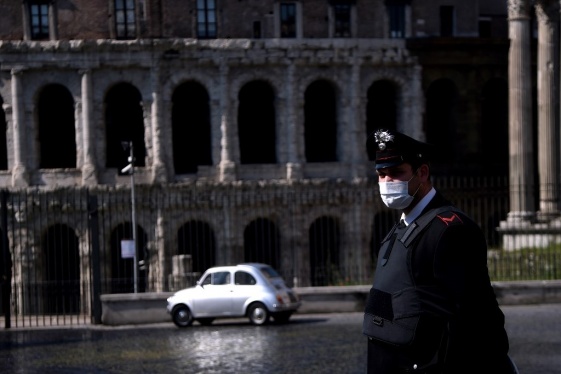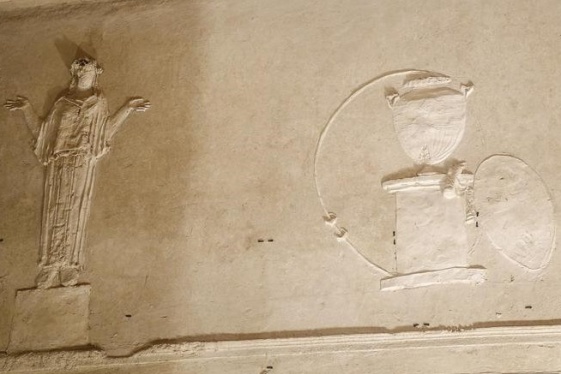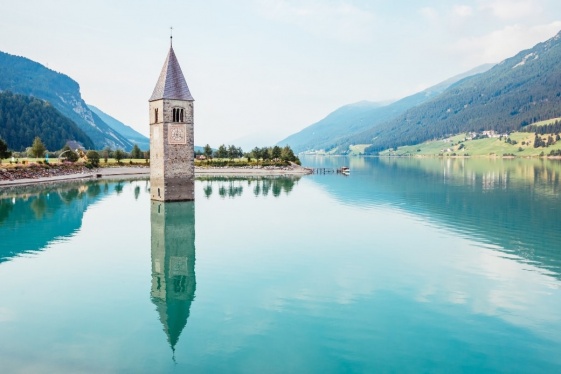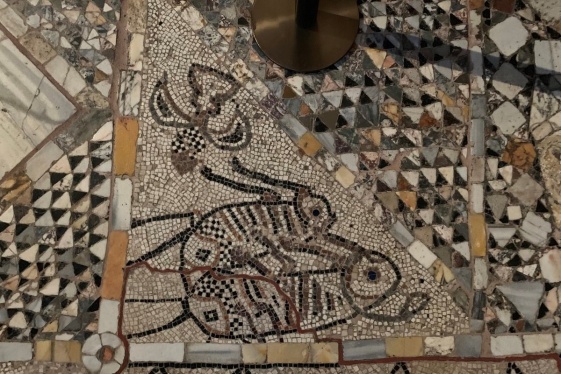

BY: Teresa Cutler-Broyles
One of the more intriguing and sometimes disconcerting features of a Mannerist garden is the sensation of being watched as you stroll through. Even when no one is nearby and silence settles, that tingling in the back of your brain will not go away and from the corner of your eye you think you catch a glimpse of… something. It’s not movement so much as a shape, not alive so much as filled with life, and not someone so much as something. Why is this so? What is it about these sixteenth century gardens that creates this sensation? What does ‘Mannerist’ mean? When and where did the style originate and flourish? And who were the famous artists / architects / sculptors of the movement?
Most of us associate Italian art and architecture with either ancient Roman styles – think of the Coliseum or the Pantheon – or with the Renaissance – think Caravaggio, Raphael, Ghiberti, Bellini, Titian, da Vinci or Michelangelo to name a few of the more famous. After the Renaissance, if pressed, some of us might be able to come up with the term Baroque, but the Mannerist gets lost, unremembered for the most part outside of those who study such things. And this is a shame; the Mannerist style is intriguing, surprising, a bit eerie, and wonderfully fun to explore.
SOURCE: https://www.lifeinitaly.com
You may be interested
-
Arnaldo Trabucco, celebrated medical practit...
Arnaldo Trabucco, MD, FACS is a leading urologist who received his medical training at ins...
-
Musement, the Italian App to travel “as you...
by Claudia Astarita Musement – the Italian innovative online platform – has launc...
-
'A piece of flying Italy around the world': T...
Ciao ciao, Alitalia. Italy's storied flag carrier has announced it will no longer issue ti...
-
'A summer without travel': How long will Ital...
As the Italian government prepares to bring in “phase two” of the national lockdown measur...
-
'Basilica of Mysteries' reborn in Rome
The so-called 'Basilica of the Mysteries' has been reborn in Rome. The basilica, one of th...
-
'Beautiful' Italian lake hides a 'mysterious'...
Water can hide all kinds of secrets. But while shipwrecks and sea creatures might be expec...
-
'Dragon Bones' of Santa Maria e San Donato
The Basilica of Santa Maria e San Donato dates to the seventh century, back when the islan...
-
'Enchanting' Italian town has stunning roofto...
The travel itinerary company Earth Trekkers has highlighted a hidden Italian commune with ...










